Commerce secretary warns tariffs on chips, phones, laptops still coming

U.S. levies on semiconductor chips, smartphones, and laptops – which the White House exempted late Friday from a slew of “reciprocal” tariffs – are in fact still in the works, and will be determined in a month or two, Commerce Secretary Howard Lutnick and other top Trump administration officials asserted Sunday.
Lutnick said tariffs on those electronic goods will ultimately be decided through an industry-specific tariff model focused on the semiconductor supply chain and imposed via Section 232, which governs national security-related tariffs and requires a lengthy process for study and comment.
The Trump administration has previously cited 232 as a potential avenue for semiconductor tariffs. And President Trump issued his own clarification Sunday, stating that no such exemptions to tariffs had been made Friday.
“These products are subject to the existing 20% Fentanyl Tariffs, and they are just moving to a different Tariff ‘bucket.’ The Fake News knows this, but refuses to report it,” Trump posted on Truth Social, adding: “We are taking a look at Semiconductors and the WHOLE ELECTRONICS SUPPLY CHAIN in the upcoming National Security Tariff Investigations. What has been exposed is that we need to make products in the United States, and that we will not be held hostage by other Countries, especially hostile trading Nations like China.”
But the latest messaging twist has prompted further confusion for the tech sector, which needs access to advanced chips to support the AI boom and had breathed a sigh of relief after the tech exemption was announced.
“This is really mind-boggling. If this was serious industrial policy, the main thing you want is certainty: ‘Here’s the tariff, it will be in place for the indefinite future, and you should plan accordingly,’” said Dean Baker, an economist at the Center for Economic and Policy Research, a left-leaning think tank. “Here, it’s basically: ‘Come back next week and see what we’ve got.’ That’s no way to run an economy.”
Speaking on ABC News’ “This Week,” Lutnick said that while the electronics were exempt from reciprocal tariffs, they would be subject to an industry-specific tariff model to encourage companies to re-shore manufacturing for products related to national security, such as pharmaceuticals, he explained.
President Donald Trump “called them sector tariffs, and those are not available for negotiation,” Lutnick said. “They are just going to be part of making sure we re-shore the core national security items that need to be made in this country, whereas virtually all semiconductors are made now in Taiwan, and they’re finished in China.”
Meanwhile, other officials pushed back on the idea that the White House has been inconsistent in its messaging around trade.
On CBS News’ “Face the Nation,” U.S. Trade Representative Jamieson Greer argued that the White House has to take a more deliberate approach to semiconductors than “reciprocal” tariffs – which are meant to only address trade deficits – because the administration’s goals cover the entire supply chain.
“We don’t even import semiconductors as such that much,” Greer said. “They go into downstream products. So we have to be very careful. We want the whole supply chain here, not just one product.”
National Economic Council Director Kevin Hassett, speaking on CNN’s “State of the Union,” said the tariff investigation into semiconductors has to do with broader concerns about whether U.S. dependence on Chinese-made imports could become a problem in a war between the two nations.
“The influence of China into every little corner of our country has just gotten bigger and bigger and bigger,” he said. “It actually is the case that there is a very uncomfortable amount of Chinese input in our actual weapons systems.”
But compared to typical Section 232 investigations into critical materials, the process on China is “very, very nascent, if at all,” Hassett said.
White House trade adviser Peter Navarro echoed the idea that tariffs on semiconductors called for a more strategic approach, citing the role high-end chips play in the future of AI, where the U.S. is racing against China.
“We don’t buy a lot of chips, like in bags. We buy them in products. So what … Lutnick is doing as we speak is an investigation of the chip supply chain,” Navarro said. “We’ve got to get control of that.”
But some tech industry insiders argued that contradictory comments from the administration were hurting American companies.
“The chaotically mixed messages are terrible for the market and the economy. Apocalyptically so. Maximum uncertainty,” Gavin Baker, managing partner and chief investment officer at Atreides Management, posted on X.
For the tech industry, Sunday’s clarification marked a return to the uncertainty that has roiled markets – just one day after it celebrated the White House announcement that the chip sector would be spared.
“The mass confusion created by this constant news flow out of the White House is dizzying for the industry and investors and creating massive uncertainty and chaos for companies trying to plan their supply chain, inventory, and demand,” Dan Ives, a senior analyst for Wedbush, wrote in a note to investors.